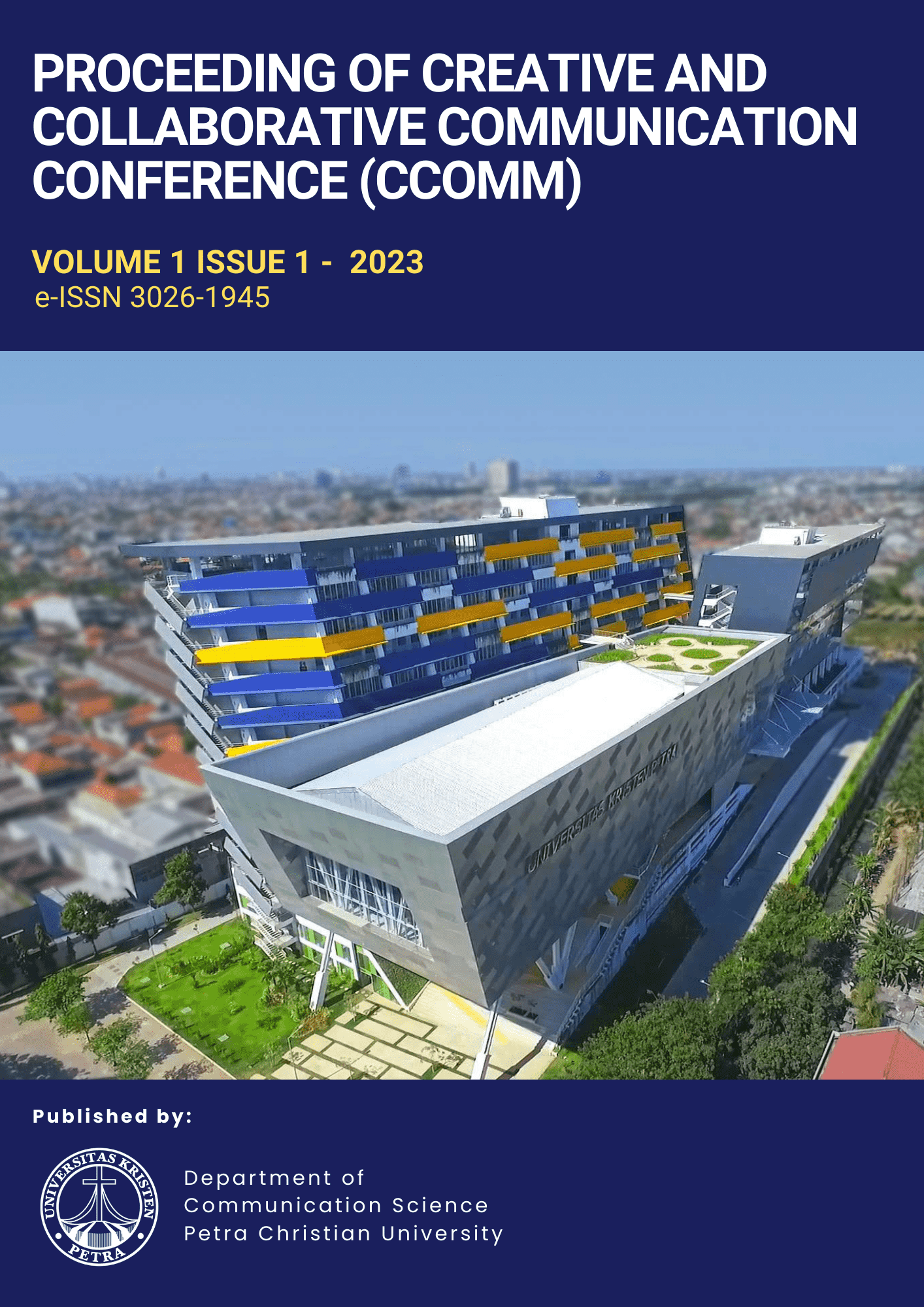The Ideology of Beauty in Wardah and Sari Ayu Advertisements
Keywords:
Ideology of beauty, Advertisements, Wardah, Sari Ayu, Critical discourse analysisAbstract
Adhering to the ideals of attractiveness becomes crucial in a society where sexual differences are the dominant ideology, especially for women. As a result, a woman's appearance has a big impact on how she perceives herself and how others perceive her (Bar-Tal & Saxe, 1976a, 1976b; Unger, 1985 as cited in Tseëlon, 1993). Therefore, The aim of the study is to analyze the construction and promotion of the ideology of beauty in advertisements from the brands Wardah and Sari Ayu. To interpret the data, the researcher employed Fairclough's three- dimensional model, which allows for a comprehensive analysis of discourse. Throughout the analysis, the researcher observed the use of various discursive strategies, such as puffery, pseudo-scientific claims, emotional appeals, and linking techniques. In the case of Wardah advertisements, the emphasis was placed on the importance of meeting beauty standards. The advertisements associated their products with some religious values to appeal a specific target audience. Meanwhile, Sari Ayu advertisements focuses on the concept of self-improvement and natural complexion. Rather than conforming to societal beauty standards, the emphasis was more on enhancing one's natural beauty. The finding of the analysis enhances understanding of beauty advertising's impact on consumers, aiding critical engagement and informed navigation of the beauty market. Valuable insights for beauty brands to connect with their audience are also provided. Ultimately, the analysis of techniques in beauty ads examines societal beauty ideals, consumer behavior, and advertising's influence, fostering an inclusive industry that embraces diverse needs and promotes positive body image.



